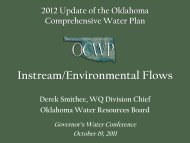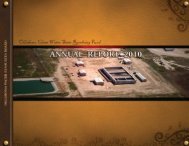Intended Use Plan for FY-2012 - Water Resources Board - State of ...
Intended Use Plan for FY-2012 - Water Resources Board - State of ...
Intended Use Plan for FY-2012 - Water Resources Board - State of ...
Create successful ePaper yourself
Turn your PDF publications into a flip-book with our unique Google optimized e-Paper software.
4.5-7 Projects that achieve the goals/objectives <strong>of</strong> utility asset management plans(http://www.epa.gov/safewater/smallsystems/pdfs/guide_smallsystems_assetmanagement_bestpractices.pdf; http://www.epa.gov/owm/assetmanage/index.htm).4.5-8 Sub-surface land application <strong>of</strong> effluent and other means <strong>for</strong> ground water recharge,such as spray irrigation and overland flow.4.5-8a Spray irrigation and overland flow <strong>of</strong> effluent is not eligible <strong>for</strong> GPRwhere there is no other cost effective alternative.Business Case DevelopmentThis guidance is intended to be comprehensive: however, EPA understands our examplesprojects requiring a business case may not be all inclusive. A business case is a duediligence document. For those projects, or portions <strong>of</strong> projects, which are not included inthe categorical projects lists provided above, a business case will be required todemonstrate that an assistance recipient has thoroughly researched anticipated ‘green’benefits <strong>of</strong> a project. Business cases will be approved by the <strong>State</strong> (see section III.A. in theProcedures <strong>for</strong> Implementing Certain Provisions <strong>of</strong> EPA’s Fiscal Year 2010 AppropriationAffecting the Clean <strong>Water</strong> and Drinking <strong>Water</strong> <strong>State</strong> Revolving Fund Programs). Anapproved business case must be included in the <strong>State</strong>’s project files and contain cleardocumentation that the project achieves identifiable and substantial benefits. The followingsections provide guidelines <strong>for</strong> business case development.5.0 Length <strong>of</strong> a Business Case5.0-1 Business cases must address the decision criteria <strong>for</strong> the category <strong>of</strong> project5.0-2 Business cases should be adequate, but not exhaustive.5.0-2a There are many <strong>for</strong>mats and approaches. EPA does not require any specificone.5.0-2b Some projects will require detailed analysis and calculations, while othersmany not require more than one page.5.0-2c Limit the in<strong>for</strong>mation contained in the business case to only the pertinent„green‟ in<strong>for</strong>mation needed to justify the project.5.0-3 A business case can simply summarize results from, and then cite, existingdocumentation – such as engineering reports, water or energy audits, results <strong>of</strong>water system tests, etc.5.1 Content <strong>of</strong> a Business Case5.1-1 Quantifiable water and/or energy savings or water loss reduction <strong>for</strong> water andenergy efficiency projects should be included.5.1-2 The cost and financial benefit <strong>of</strong> the project should be included, along with thepayback time period where applicable. (NOTE: Clean <strong>Water</strong> SRF requires energyefficiency projects to be cost effective.)5.2 Items Which Strengthen Business Case, but Are Not Required5.2-1 Showing that the project was designed to enable equipment to operate mostefficiently.4/21/2010 PART A - CWSRF 13


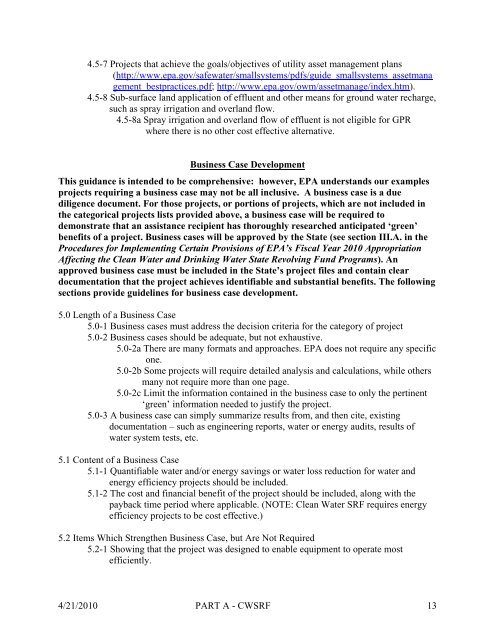

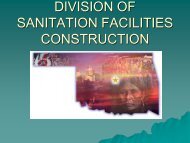
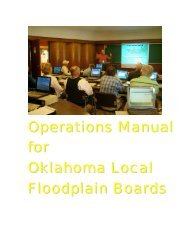
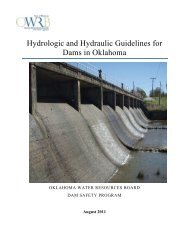
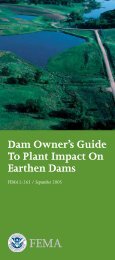

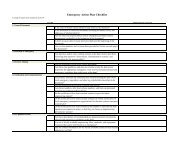
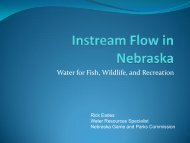


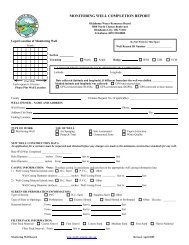
![A Commodity & a Resource [pdf] - Water Resources Board - State of ...](https://img.yumpu.com/42536671/1/190x143/a-commodity-a-resource-pdf-water-resources-board-state-of-.jpg?quality=85)
